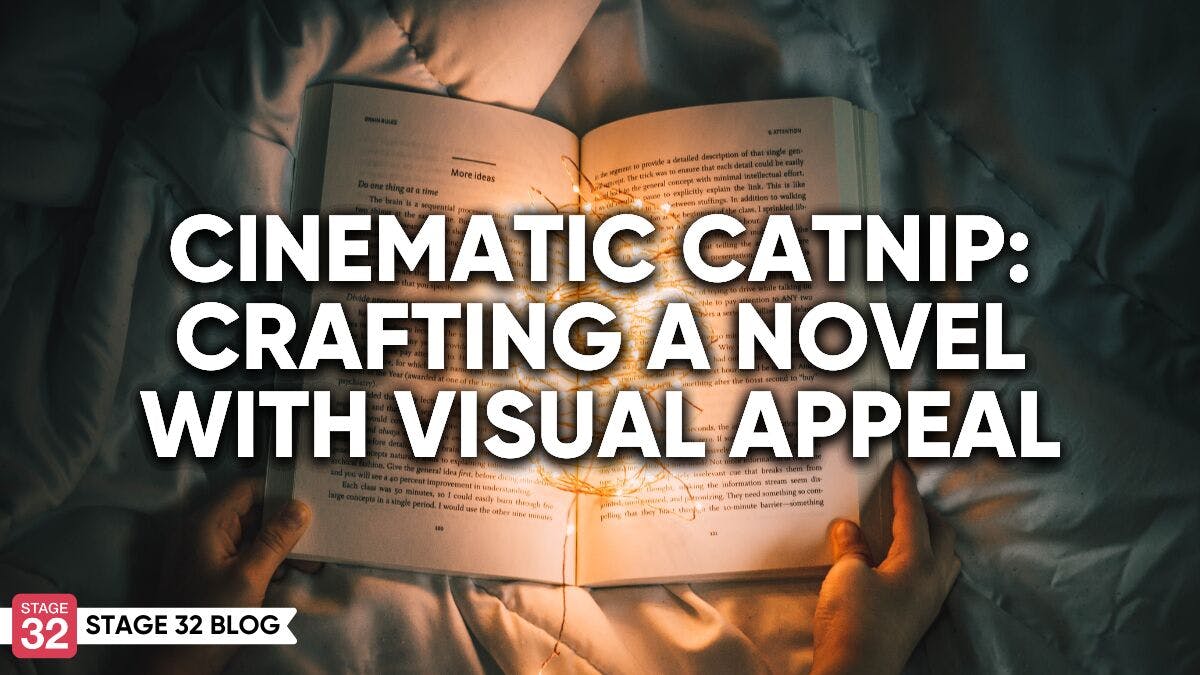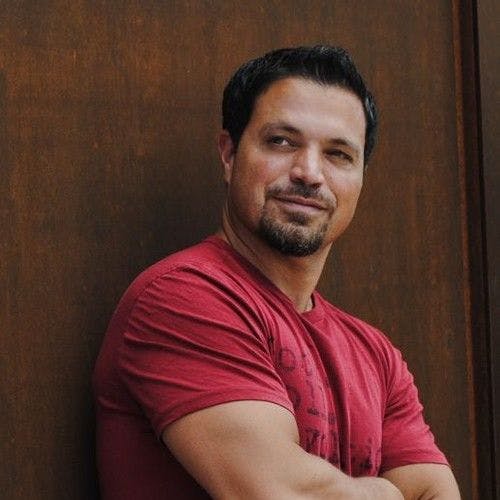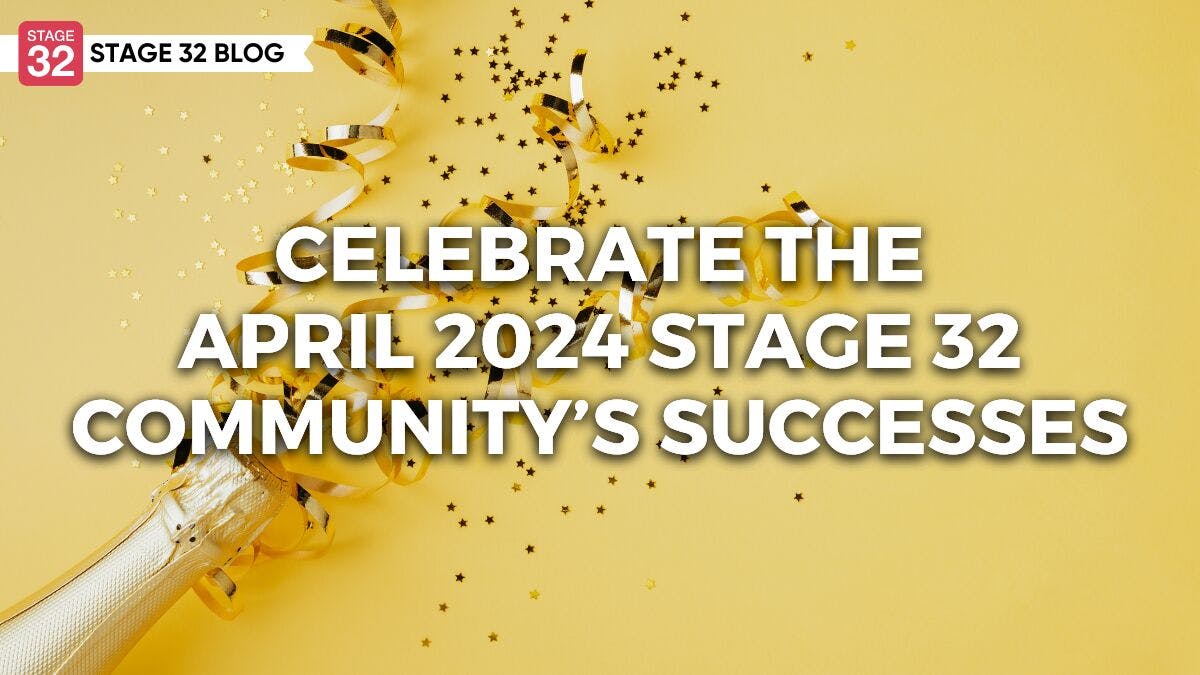How The Hero's Journey Became The Guiding Force In Disney Animation
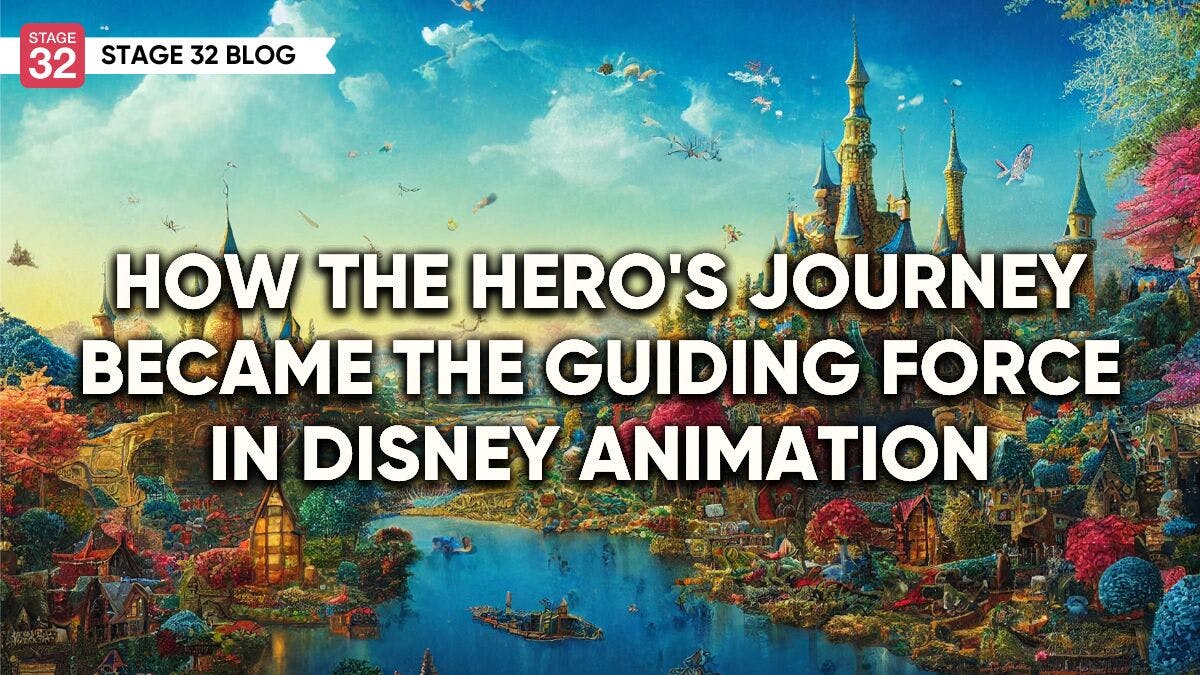
How The Hero's Journey Became The Guiding Force In Disney Animation

Many of you are likely aware of the book, The Writer’s Journey by Christopher Vogler. You might also be aware that it’s based on the writings of Joseph Campbell and it applies Campbell’s ideas on the Hero’s Journey to cinema in general and screenwriting specifically. Many of you may have even read Vogler’s book or Cambell’s writings, or both. But did you know that The Writer’s Journey started as an internal memo at Walt Disney Animation Studios while developing The Little Mermaid and Beauty and the Beast? It was meant as a guide for developing their stories into feature films, becoming required reading for Disney Feature’s creative executives, and was essentially their gospel for creating stories over the ensuing decade. The echoes of those principles ring just as loudly and clearly today across not only Disney but the entire animation storytelling landscape.
If you saw Alec Sokolow’s Stage 32 webinar on the Hero’s Journey, you would have learned that the journey is primarily about getting the character from one place to another, but not how you might initially think. Yes, in many movies, the character is going from one physical space to another, but the Hero’s Journey is most effective when it is an inner journey for the Hero. Whether that journey is taking the hero on an emotional journey or a journey of self-discovery, the most interesting Hero’s Journeys are the ones that change the character profoundly and noticeably.
Alec used his own experience in writing Toy Story (which netted him an Oscar nomination) as how that notion was effectively conveyed. Yes, both Woody and Buzz go on a physical journey in which they leave the Ordinary World of Andy’s bedroom and enter the Special World outside the house, including Pizza Planet and Syd’s house. In those places, they experience the stages of Tests, Allies and Enemies, The Approach, and The Supreme Ordeal. But in the second act, those stages do more than just advance the story. They also develop Woody and Buzz as characters, motivating each of them to grow and change by the end in a way that is satisfying to the audience. For more on how Alec specifically applied the Hero's Journey to Toy Story and other successful films, be sure to check out his webinar.
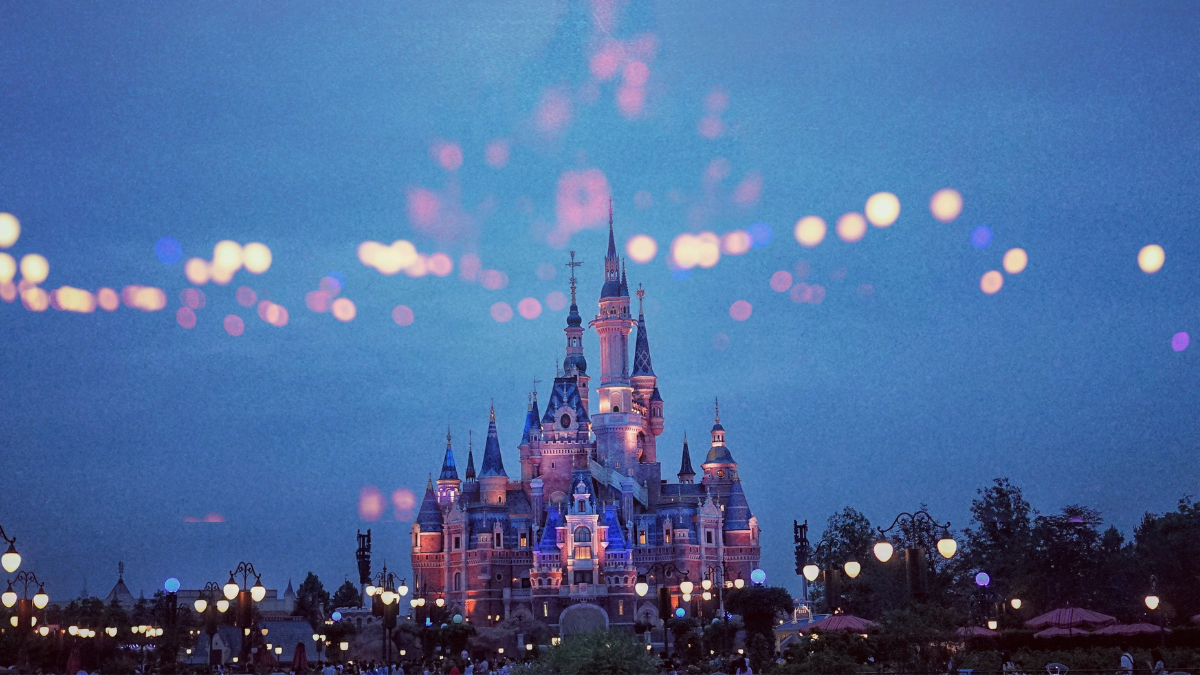
Anyone interested in writing and storytelling, be it live-action or animation, has been inundated with the idea of a 3-act structure, where your first act is 25-30 pages, your second act is 50-60 pages, and your third act is 25-30 pages. The first act represents the exposition, the second act represents the conflict, and the third act represents the resolution. That can feel like a daunting number of pages and a rigid structure in which to fit your story. Sokolow even said in his webinar that he often struggles with the second act because it’s so long and so much has to happen.
But, if you were to think of your story in the 12 stages of the Hero’s Journey rather than in three full acts, it becomes more palatable, especially when you put the stages of the journey alongside where they go inside of the 3-act structure. This is especially true when writing an animated story that needs to be followed by audiences of all ages.
Christopher Vogler's Version Of The Hero's Journey
Act 1
Ordinary World
Call to Adventure
Refusal
Meeting the Mentor
Crossing the First Threshold
Act 2
Tests, Allies, and Enemies
Approach
Supreme Ordeal
Reward
Act 3
The Road Back
Resurrection
Return with the Elixir
Now, let's see how we can apply these steps to an animated story...
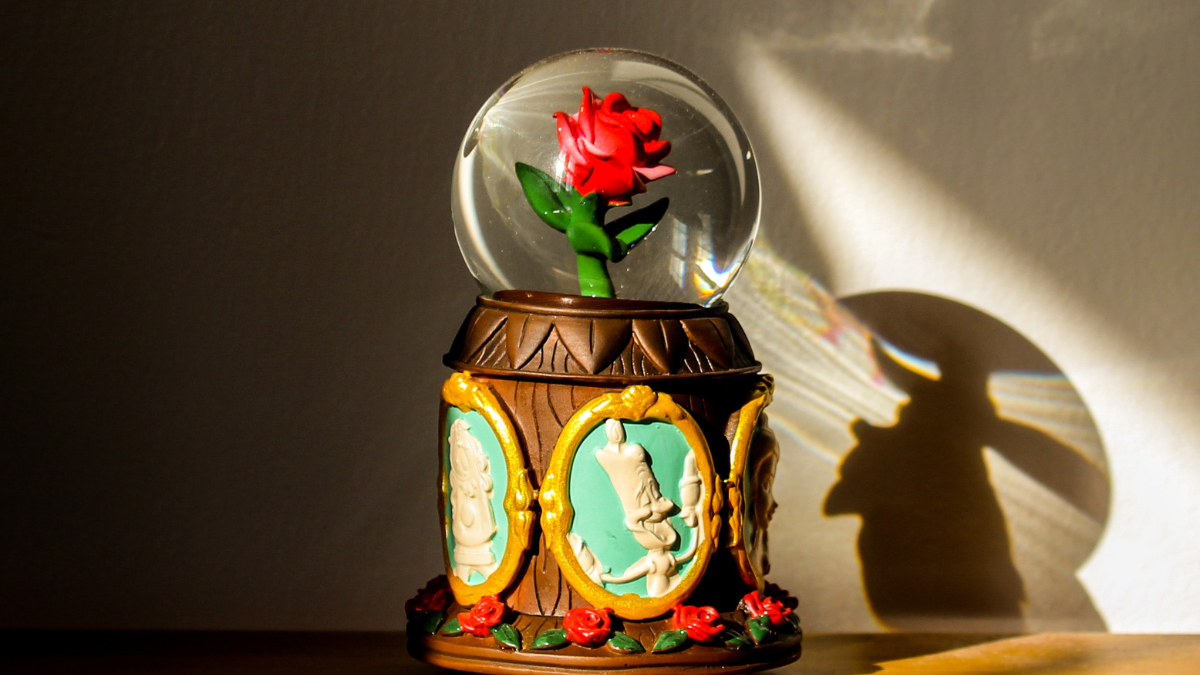
Keyframing The Hero's Journey
Whenever I’m writing anything, I always start by using those stages as an outline. To borrow a phrase from animation, think of it as keyframing. Each of the steps in the Hero’s Journey is a keyframe, and then once you have those, all you need to do is the in-betweening, filling out the details that get you from one stage of the journey to the next. This way, the structure doesn’t seem so rigid, and the amount of writing is less daunting. In fact, the structure is assisting you in developing a cohesive and coherent story.
When I was studying animation at USC, one of my instructors had been a character animator and storyboard artist at Walt Disney Animation Studios, and he told us a story about the development of Beauty and the Beast. They were struggling with the story until Jeffrey Katzenberg told them they were approaching it from the wrong direction. The story team was developing the story from Belle’s point of view, and Katzenberg told them that it was the Beast’s point of view that was driving the story. It was the Beast who was the one who needed to change. He needed to go from “spoiled, selfish, and unkind” to someone who had “learned to love and could be loved in return.”
Beauty and the Beast is a story that does so many things well in creating drama. It gives us a character with a clear need who will struggle to meet that need because he starts out the story unwilling to change. It gives us a ticking clock for when that need must be met in the form of the petals falling from the rose. And it gives us a clear consequence if the need isn’t met in that he will remain a beast forever. The Hero’s Journey plays an integral role in progressing the story and in organically bringing about change in the Beast.
Beauty and the Beast's Hero Journey
Act 1
Ordinary World – The Beast lives alone in an enchanted castle.
Call to Adventure – Maurice arrives seeking help.
Refusal – The Beast locks him in the tower.
Meeting the Mentor – Belle arrives searching for Maurice.
Crossing the First Threshold – Belle takes Maurice’s place as the Beast’s prisoner.
Act 2
Tests, Allies, and Enemies – The Beast tells Belle she can go anywhere she wants except the West Wing; Belle refuses to eat dinner with him; he tells the servants that if she doesn’t eat with him, she doesn’t eat at all; the magic mirror shows him an image of Belle telling one of the enchanted servants that she doesn’t want anything to do with him.
Approach – Belle wanders into the West Wing. The Beast catches her there and flies into a rage, causing Belle to run away and leave the castle.
Supreme Ordeal – Belle is attacked by wolves, and the Beast rescues her but is injured, and Belle uses her horse to carry him back to the castle.
Reward – Belle nurses the Beast back to health; the Beast shows Belle (a book lover) his massive library; they start to eat together. Belle says she’s happy, but she wishes she could see her father again.
Act 3
The Road Back – The Beast shows Belle the magic mirror that shows Maurice searching for Belle in the woods, sick and possibly dying. The Beast, now able to love, allows Belle to go to him. She takes Maurice home, but the jealous Gaston finds out about the Beast and rallies the villagers to go kill him.
Resurrection – The villagers attack the castle. The Beast won’t fight, but the enchanted servants repel the attack. Only Gaston gets to the Beast’s lair and is about to kill him until the Beast sees Belle has returned. He fights off Gaston, and it seems as though Belle and the Beast will be reunited until Gaston stabs the Beast before falling to his death. Belle professes her love for the Beast as he draws his last breath and the last petal falls from the rose. Having learned to love and earned the love of another, the Beast is resurrected and transforms back into a human.
Return with the Elixir – Belle and the (now human) Beast dance in the ballroom, seemingly to live happily ever after.
It's clear in Beauty and the Beast that the Hero’s Journey not only moved the story forward but it motivated the change that the Beast had to go through. That’s one of the many things that the Hero’s Journey does for the writer. It allows for the story progression and character development to happen in tandem with each other. All of the pieces work together to create a dramatic arc that makes this film so successful.
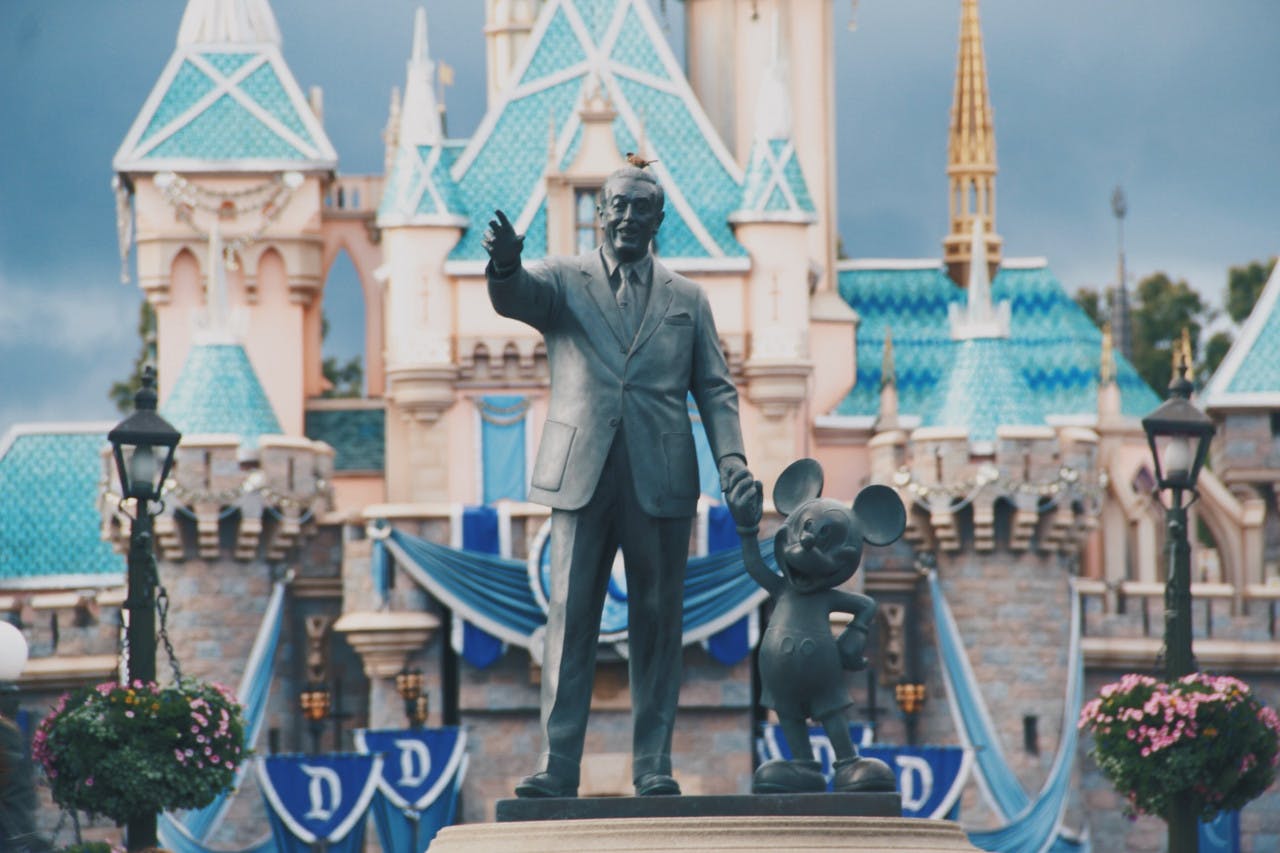
That is one of the reasons that the Hero’s Journey works so well in animated features. The best-animated features are about characters and how those characters need to change. Whether it’s the Beast needing to learn to love; Hiccup (How to Train Your Dragon) needing to prove to himself that brains are as important as brawn; or whether it’s about Mirabel needing to find value in what makes her different (Encanto); or it’s about Woody and Buzz accepting that their places in the world are not what they thought they were (Toy Story); or whether it’s Rick accepting his daughter for who she is (The Mitchells vs. The Machines), animation is at its best when its heroes are flawed characters who learn and grow. The Hero’s Journey is the best way to make that happen.
Do you have a favorite example of how the Hero’s Journey worked in an animated feature?
Let's hear your thoughts in the comments below!
Got an idea for a post? Or have you collaborated with Stage 32 members to create a project? We'd love to hear about it. Email Emily at blog@stage32.com and let's get your post published!
Please help support your fellow Stage 32ers by sharing this on social. Check out the social media buttons at the top to share on Instagram @stage32 , Twitter @stage32 , Facebook @stage32 , and LinkedIn @stage-32 .
About the Author

Brian Smith
Production Manager, Screenwriter, Script Consultant
Brian has been a professional screenplay reader since 2006, and has written coverage for over 1,000 scripts and books for companies such as Walden Media and Scott Free Films. Scripts and books that Brian has read and covered include Twilight, Touristas, Nim’s Island, Hotel for Dogs, and Inkheart. Br...
